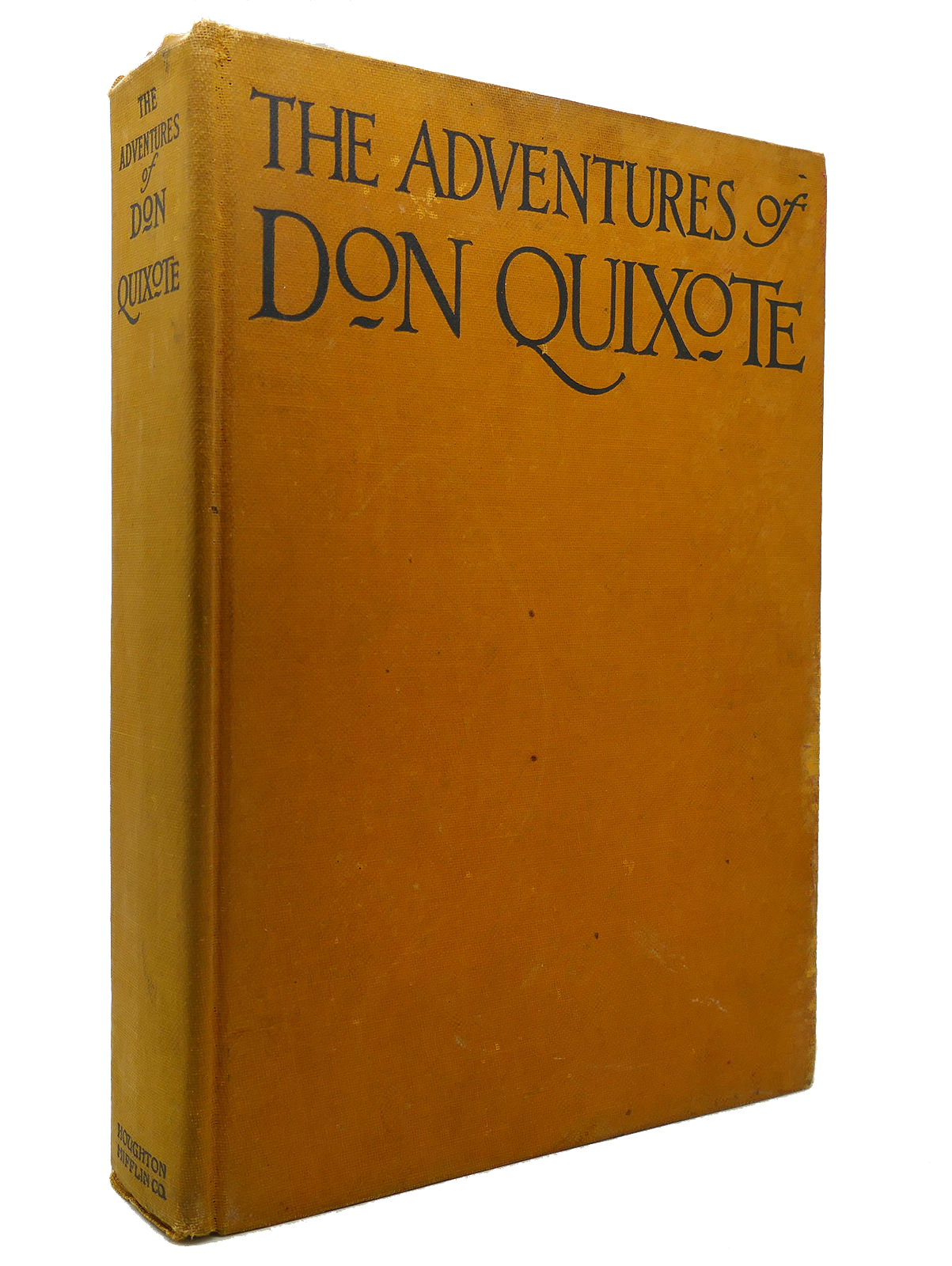A book and much more (transcript)
by Christopher Kenneally Beyond the Book
One of the things I really appreciated in your book, there in that section on the book as object, was that you made us realize that this is about much more than Gutenberg and the press because of the evolution from the clay tablets in Mesopotamia, you go on to papyrus, you include the way that text evolved in the Islamic world when the rest of Europe would have been in what they now no longer call the Dark Ages. It’s been a global history, and of course, paper, as technology, was invented in China. So that’s really fascinating to me that it’s a multicultural, multisocial object, as well.
Yeah, that’s very true. The book, as we know it, required the confluence of a number of different technologies, each of them arising in a different and for different reasons. That question of the book’s changing material form, really the reason that I wanted to address it was that we’re living in a moment right now where people are constantly bewailing the potential death of the book because of e-books and electronic literature. It seemed important to me to recognize that the book has been perpetually dying, but the sense that the book is something that’s going to disappear is a concern that people have had since the beginning of recorded language.
If we allow ourselves to look at, say, a clay tablet, to use on of the examples that you brought up, and think of that as a kind of a book, we can see that there is always going to always be this shape shifting that happens within the book, and multiple formats of the book can coexist side by side happily for millennia. So you get clay tablets in ancient Mesopotamia right around 2000 BCE, let’s say, and they are made from clay that’s scooped from the Tigris and Euphrates rivers. There’s a confluence of these rivers giving Mesopotamia its name and giving the people who live there access to this rich, renewable resource that they used in all of their crafts, they used it in architecture.
Since clay was the material they knew so well, it makes perfect sense that that would be the material they choose to record their first text, as they need more records and the administrative bookkeeping kind of recording. A handful of clay gets scooped up by a scribe and pressed into the palm so that it’s slightly convex on one side and flatter on the other. Then a reed, also plucked from the same shore, can be used to create impressions in that clay for the earliest recorded language, cuneiform. Cuneiform gets its name from cuneus, or the act of impressing the corner of that stylus into the clay. That clay tablet – we might imagine clay tablets as Moses carry these giant Charlton Heston clay tablets, but actual cuneiform tablets are quite small, more like the size of a cell phone these days. Their affordances, so to speak, are that because they’re so portable and because they’re so stable – they’re made out of clay, they’re quite solid – they had good lasting power which means that people who were saving those alongside, say, scrolls, around the same time, many of the scrolls are in far worse shape than the clay tablets we have from that period. So they’re forms that were being used simultaneously, and yet they have such different material qualities.
03
